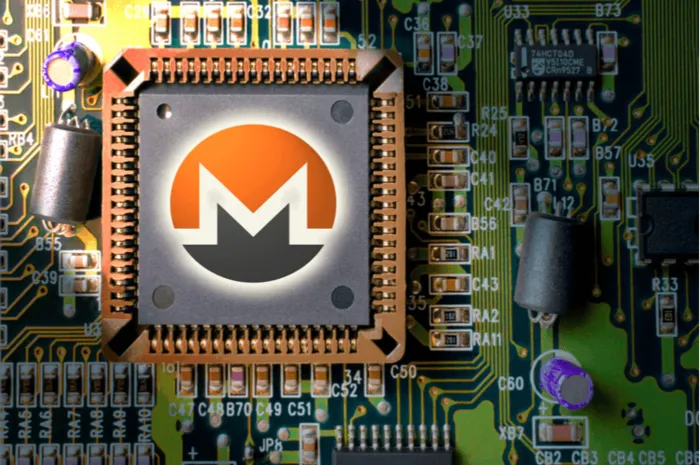Basically the only thing even vaguely worth Cpu mining is Monero, primarily because the algorithm is specifically designed and maintained to be ASIC- and GPU- resistant.
If you want to get paid in Btc for that you'll need to use something like unmineable.
Otherwise, you can mine Monero directly (with a pool) and exchange it (if you can find somewhere that lets you do that) or go through someone who pays you in bitcoin for monero mining (like nicehash) and exchange that for any crypto.
However, bear in mind, you are using the dorm's money - and therefore basically your neighbour student's money - to effectively purchase btc for you if you're taking advantage of their free power, there are ethical concerns here (and even if they say they don't care now, they might if the power bill spikes up by hundreds or thousands).
Well they specifically chose an algorithm expensive to implement in simple ASICs. Given their history, if such an ASIC entered production and became sufficiently widespread, they'd simply adjust the algorithm to break existing ASICs and to close whatever loophole was found in producing cheap chips for it.
It's a never ending cat and mouse game but with sufficient buy-in from stakeholders and attention to the market it's somewhat sustainable
RandomX is very memory heavy and relies on a lot of stuff that is characteristic of a general purpose processor. To ASIC it you either need to find some flaw in the algorithm itself that allows shortcuts or build chips very close to CPUs with lots of RAM attached. If you make the required ASIC so complex that it's nearly a CPU anyway, then it becomes cheaper and easier to just use CPUs because they're being produced in large quantities already anyway.
